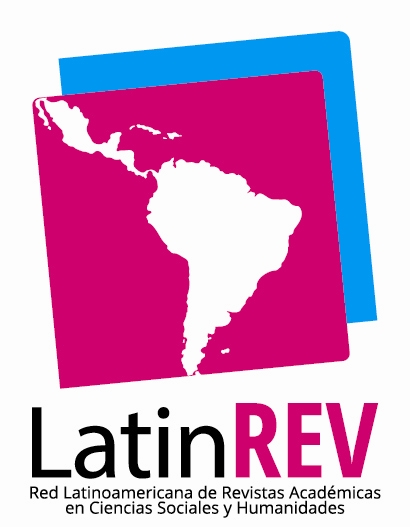An experience in the teaching of cultural heritage in amiddle school of the city of Córdoba, Argentina
Keywords:
heritage, law, secondary school, make visible, appreciateAbstract
This article is based on the classroom experience, considering the teaching-learning process of the course Cultural Heritage and the research and development of the postgraduate thesis entitled “Education for Heritage-Contributions and Guidelines for an Educational Proposal as a Compulsory Curriculum at Secondary School in the City of Córdoba”. We propose the need for compulsory and non-optional teaching of topics related to cultural heritage and, by extension, to natural heritage. To this end, we consider it opportune to go through the last compulsory stage of Argentine education: secondary school. It is important, then, to revise the current school legal framework, which consolidates the proposed idea. In addition, in the education of responsible citizens in the 21stcentury, the learning of contents that promotes respect and conservation of natural and cultural sites and objects, should not be ignored, since it involves urgent and apparently dissimilar issues. Some of them are cultural identity, democratic coexistence, otherness, the Environmental Crisis, Climate Change, which together, directly affect the quality of planetary life. It is necessary, therefore, to raise awareness of the cultural heritage, the different values that highlight it, transform it and make it possible as such. Making it visible is the first step to appreciate it through a careful analysis. Likewise, at present, and emphatically in secondary school, there is a need to cover the contents of all the courses cross-disciplinarily, comprehensivelyand cross-sectionally.
Downloads
References
Ander-Egg, Ezequiel (1996). La planificación educativa. Conceptos, métodos, estrategias y técnicas para educadores. Buenos Aires: Magisterio del Río de la Plata.
Calaf Masachs, Roser (Coord.) (2003). Arte para todos, miradas para enseñar y aprender el patrimonio. Gijón: Trea, S.L.
Gnemmi, Horacio (2004) (1º ed.). Aproximaciones a una teoría de la conservación del patrimonio construido. Desde los principios y fundamentos. Córdoba: Brujas.
González, Liliana y Orschanski, Enrique (2011). Cre-cimientos. Una mirada desde la psicopedagogía y la pediatría sobre las nuevas infancias y adolescencias. Córdoba: Ediciones del Boulevard.
Legislatura de la Provincia de Córdoba (2010). Ley 9870 de Educación de la Provincia de Córdoba. Sitio Oficial del Gobierno de Córdoba. Ciudad de Córdoba. Recuperado de: www.cba.gov.ar/wp-content/4p96humuzp/2012/06/edu_Ley98707.pdf (04/09/2022).
Margulis, Mario (2009). Sociología de la cultura. Conceptos y problemas. Buenos Aires: Biblos.
Ministerio de Educación. Presidencia de la Nación (2006). Ley 26.206 de Educación Nacional. Biblioteca Nacional de Maestras y Maestros. C.A.B.A. Recuperado de: http://www.bnm.me.gov.ar/giga1/documentos/EL002610.pdf (04/09/2022).
Ministerio de Educación de la provincia de Córdoba. Dirección General de Educación Superior (2018). Estadísticas de la Educación 2018. Ciudad de Córdoba. Recuperado de:
http://dges-cba.edu.ar/wp/wp-content/uploads/2019/04/Estadisticas_Anuario_2018.pdf (04/09/2022).
Ministerio de Cultura y Educación de la Nación. Consejo Federal de Cultura y Educación (1994). Resumen de Documento Serie A, Nº 08 Criterios para la Planificación de Diseños Curriculares Compatibles. Biblioteca Nacional de Maestras y Maestros. C.A.B.A. Recuperado de: http://www.bnm.me.gov.ar/giga1/documentos/EL002524.pdf (04/09/2022).
Morin, Edgar (2001). Los siete saberes necesarios para la educación del futuro. Buenos Aires: Ediciones Nueva Visión SAIC.
Obiols, Guillermo A. y Di Segni de Obiols, Silvia (1992). Adolescencia, posmodernidad y escuela secundaria. Buenos Aires: Kapelusz Editora S.A.
Rico, Juan Carlos; De la Calle Vaquero, Manuel; García Fraile, Juan Antonio; García Hernández, María y Jiménez Curats, María Rosa (2008) (ed.). Cómo enseñar el objeto cultural. Madrid: Sílex ediciones S.L.
Downloads
Published
Issue
Section
ARK
License
Copyright (c) 2022 Mariano Martín Pereyra

This work is licensed under a Creative Commons Attribution 4.0 International License.






